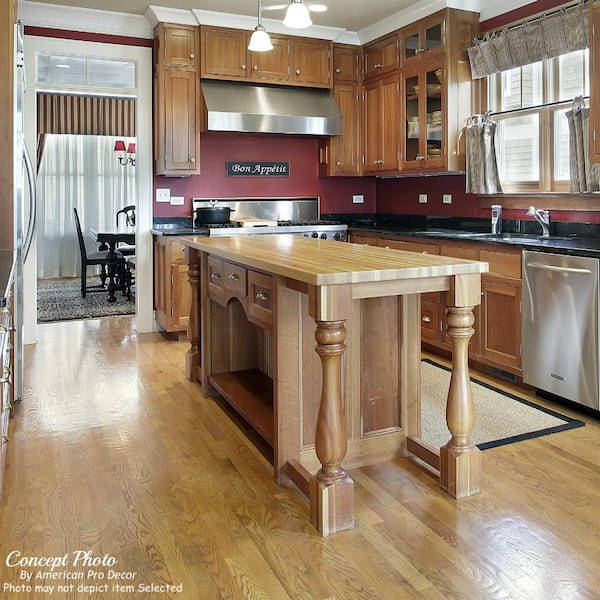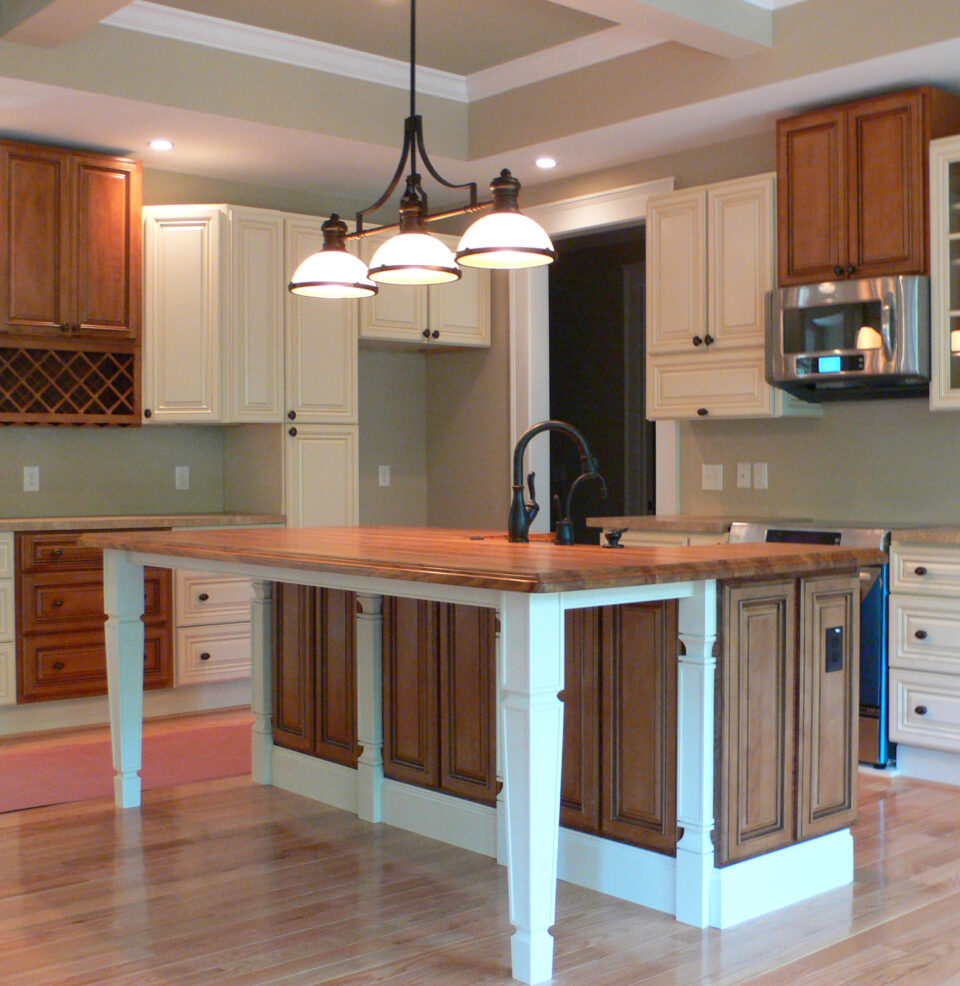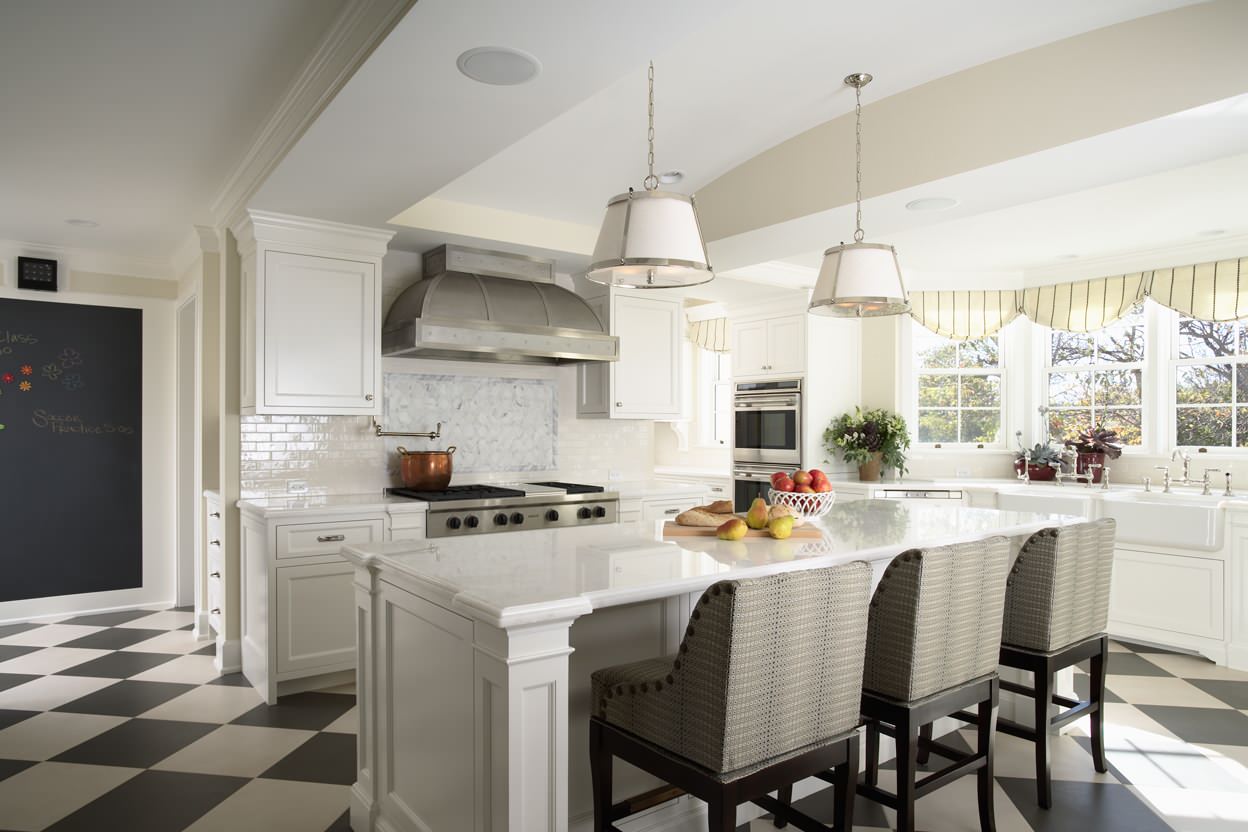Exactly how to Include a Kitchen Island Leg into Your Kitchen Remodel
Exactly how to Include a Kitchen Island Leg into Your Kitchen Remodel
Blog Article
The Significance of a Sturdy Kitchen Area Island Leg in Developing a Practical Food Preparation Location
A tough cooking area island leg offers as a basic part in developing a functional cooking setting, supplying needed support for both the countertop and numerous kitchen tasks. As kitchen areas develop into multifunctional locations for cooking, dining, and socializing, the option of products and layout factors to consider for island legs becomes increasingly essential.
Advantages of Sturdy Island Legs
Offering vital support, tough cooking area island legs play a crucial function in enhancing the performance and sturdiness of kitchen islands - kitchen island leg. These legs not just bear the weight of the countertop and any type of additional products positioned on the island, yet likewise add to the total stability of the framework. A well-supported kitchen island makes sure that it stays useful and upright, even under heavy usage, which is particularly crucial in hectic cooking area atmospheres
In addition, durable island legs can boost the aesthetic allure of the kitchen area. They give a solid framework that can enhance various layout styles, from contemporary to traditional. This adaptability permits property owners to tailor their kitchen islands according to individual preference while guaranteeing that the architectural honesty remains uncompromised.
Along with their supportive function, durable cooking area island legs can also improve security. A steady island reduces the danger of mishaps brought on by tipping or tottering, which is especially essential in families with youngsters or senior people. In addition, strong legs can assist in a smooth flow of tasks, permitting effective dish prep work and social communications within the kitchen space. Ultimately, buying sturdy kitchen area island legs is essential for a functional and aesthetically pleasing cooking location.
Products for Kitchen Area Island Legs
When choosing materials for kitchen island legs, sturdiness and aesthetic appeal are essential factors to consider. One of the most typical materials consist of hardwood, metal, and crafted wood, each offering unique advantages.
Hardwood, such as oak, maple, or cherry, is a timeless selection because of its toughness and ageless beauty (kitchen island leg). It can stand up to significant weight and is resistant to put on, making it suitable for high-use kitchen atmospheres. Additionally, wood can be stained or painted to enhance different kitchen area styles
Metal legs, usually crafted from stainless steel or functioned iron, offer a modern and industrial appearance. They are incredibly strong and can sustain substantial loads while being immune to moisture and warm, which is advantageous in a cooking area. Steel legs can also be conveniently cleaned up, boosting their practicality.

Layout Considerations for Security
The choice of products for kitchen area island legs straight influences the design considerations for stability. When making a cooking area island, it is critical to assess the weight-bearing capability of the picked products. Heavier products, such as solid wood or steel, normally offer better stability, specifically under the anxiety of daily use.
In addition, the leg design have to include appropriate geometry to boost stability. A broader base raises the support location, reducing the threat of tottering or tipping. Factor to consider ought to additionally be offered to the elevation of the legs; out of proportion leg lengths can result in inequality, compromising the general security of the island.
Additionally, the circulation of weight throughout the island is critical. Ensuring that the leg placement aligns with the heaviest components, such as countertops and devices, will certainly additionally enhance stability.
Maintenance Tips for Durability

Cleaning up is an additional important facet of maintenance. Relying on the material of the legs-- whether timber, steel, or composite-- suitable cleaning approaches should be employed. For wood legs, a gentle wipe with a moist towel and a suitable wood cleaner will assist maintain their finish. Metal legs may require a light polish to stop corrosion and maintain their radiance.
In addition, tightening up screws and screws consistently can ensure security and prevent tottering. Consider enhancing the legs with additional braces or sustains to boost resilience if the kitchen island experiences heavy usage. Using a protective surface or sealant can safeguard versus wetness and stains, prolonging the life-span of the legs. By adhering to these upkeep tips, home owners can ensure their kitchen island legs continue to be durable and functional for many years to come.
Choosing the Right Leg Style
Normal upkeep makes certain that cooking area island legs continue to be sturdy and functional, but selecting the right leg style is equally important for both aesthetics and support. The choice of leg style can significantly influence the total layout and consistency of your cooking area.

Functionality is one more essential facet. For example, thicker legs or those with a durable base can support much heavier counter tops and devices, enhancing the island's utility. On the other hand, slim legs may produce an airy look, appropriate for lighter styles yet possibly much less helpful.
Final Thought
In summary, the relevance of strong kitchen area island legs can not be overstated in best site the development of a useful cooking location. These legs offer important assistance, improve stability, and add to the total aesthetic of the kitchen area. By thoroughly choosing appropriate products and layouts, in addition to implementing appropriate maintenance techniques, the long life and performance of cooking hop over to these guys area islands can be made certain. Eventually, investing in robust island legs is basic to attaining a secure and effective culinary environment.
A strong kitchen island leg serves as a basic element in developing a practical food preparation atmosphere, providing needed support for both the countertop and different kitchen tasks.Providing necessary support, strong kitchen island legs play a pivotal role in improving the capability and toughness of kitchen islands. Eventually, spending in durable kitchen area island legs is crucial for a practical and aesthetically pleasing cooking area.
Consideration needs to also be provided to the elevation of the legs; out of proportion leg lengths can lead to discrepancy, endangering the overall security of the island.
Wood legs provide warmth and a traditional look, while steel legs offer a industrial and modern-day feel.
Report this page